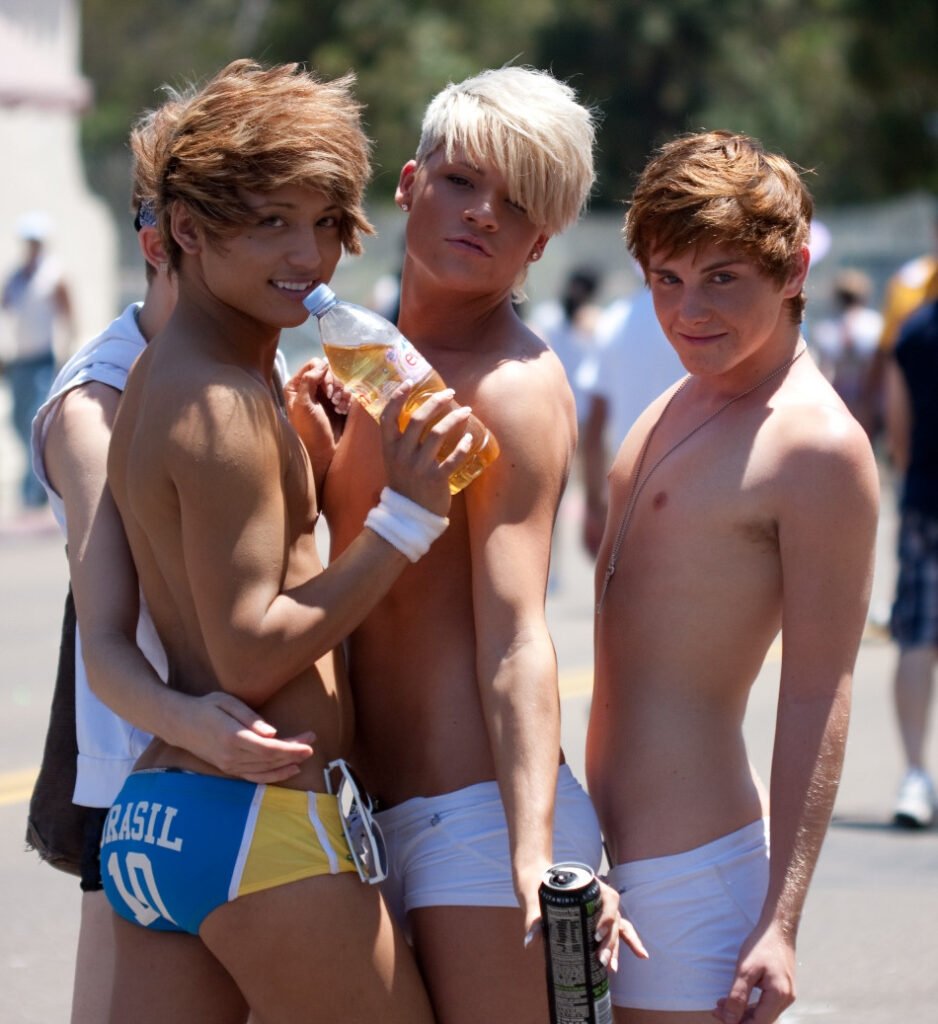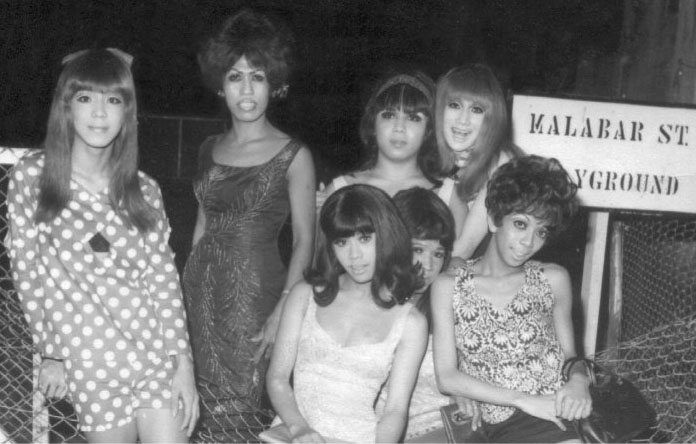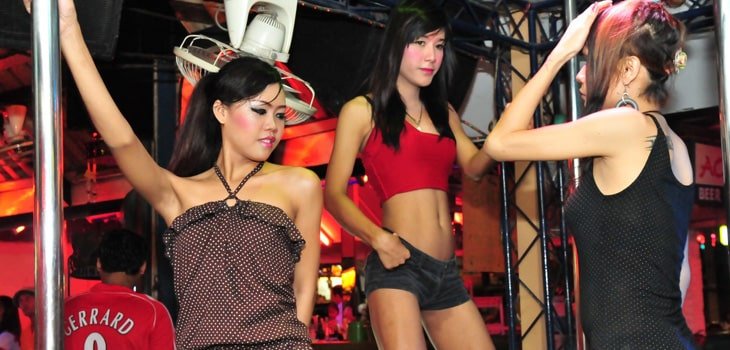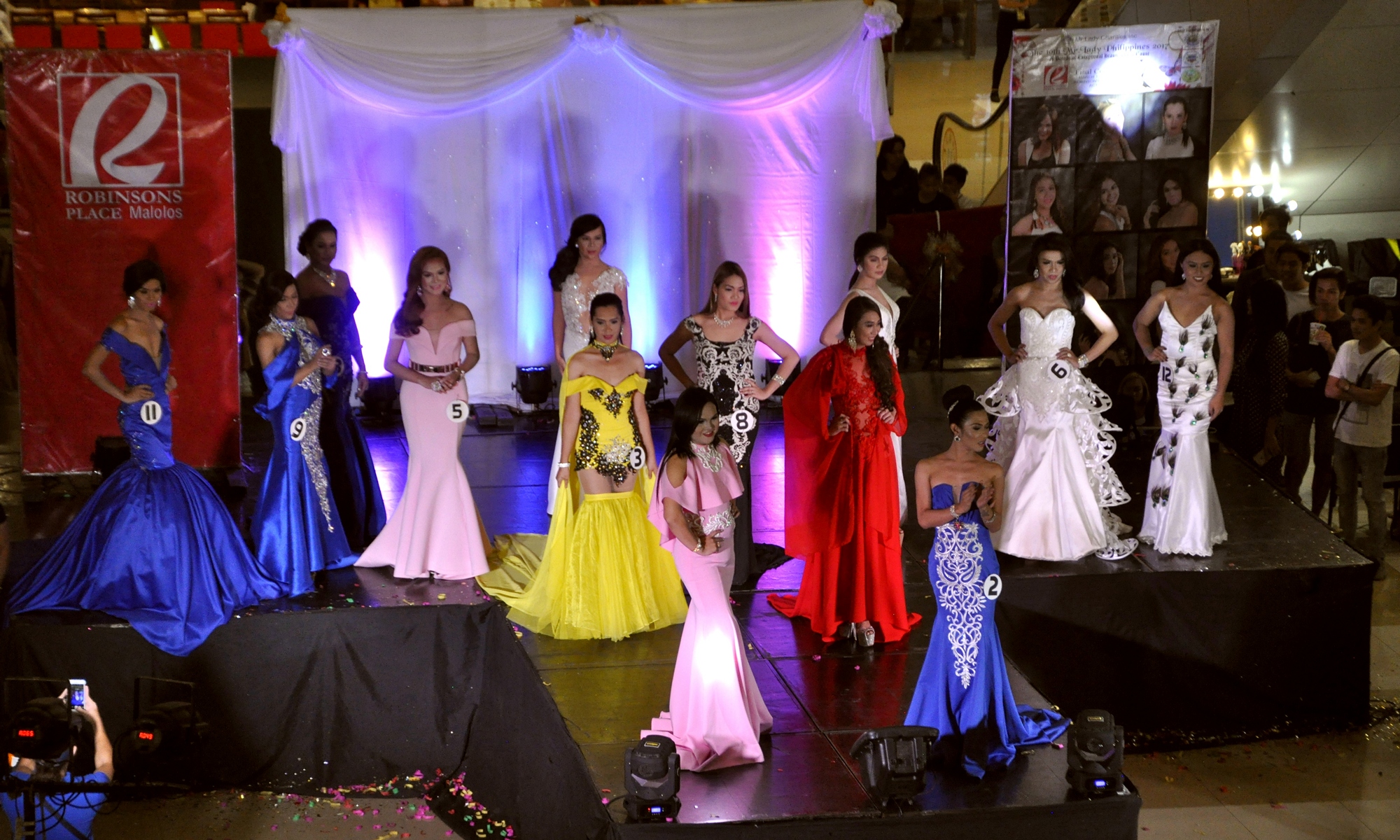Originally posted 2023-01-14 13:23:26.
In the recent past I have been asked about my definition of homosexuality. This appears to be mainly from people who erroneously use the term ‘gay’ to mean ‘homosexual.’ As I have already stated in articles, ‘gay’ is a lifestyle that encompasses many who are not homosexuals. Homosexuals may be a subset of ‘gays’, but they are not the same.

Until the intervention of Alfred Kinsey in 1946, the definition of homosexuality — Karl Maria Kertbeny (1824-1882) coined the term “homosexuality” in 1869 — was understood to apply to an effeminate male, often stylish and artistic, who desired to be the receptive partner in sex with conventionally masculine males: men. ‘Homosexual’ was intended to replace terms like ‘sodomite’, ‘catamite’ and so on.
 Kinsey
Kinsey
Alfred Kinsey had no training in medicine, psychology, anthropology or human behaviour. He was an entomologist whose career was built on categorising fruit-flies. Six thousand varieties of them. When he decided to ‘investigate’ male sexuality, he used the same techniques, since they were all he knew. This led him to create a new definition of homosexuality, which depended on what he saw as homosexual acts and not personalities.
Kinsey was totally unsuited to carry out this study and his findings were fundamentally flawed. Unfortunately they were seized on by the then-nascent ‘gay rights’ movement and promoted through the media, even after the body of science had challenged them.
So what, then, is the correct definition of homosexuality?

The military as a sexology lab
The greatest laboratory for studying male sexuality was one that Kinsey never looked at: men serving in the US armed forces in World War Two. The US mobilised over sixteen million men in that conflict and inevitably, there was a significant amount of same-sex activity between them. A great deal of this was what is called ‘situational homosexuality’, which is basically the same as prison sex.
However, there were real homosexuals too, in numbers large enough to study. Even if only 1% of men are actually homosexual, by the definitions we are about to see, that still meant that 160,000 men, the population of a moderate city, fell into the category.

These men came to the attention of military doctors, who wrote papers about what they saw. These were either medical doctors who had psychiatric training or they were clinical psychologists. This made them vastly more qualified than Kinsey.
The most important findings they made agreed with previous writers like the Englishman Dr Henry Havelock Ellis, who identified these individuals as Sexual Inverts. (Ellis, HH, Psychology of Sex, Ed 2, 1944) In fact these terms, Sexual Invert and Homosexual are, in the case of males, equivalents. Freud had also made similar observations. (Freud S Three Contributions to the Sexual Theory,1915.) Numerous others had also done so, such that by the time WW2 broke out, the consensus was rather settled: Homosexuals displayed a particular personality type and this was innate.
The evidence on the definition of homosexuality
One of the most comprehensive reviews of the evidence, based both on first-hand clinical experience and also on the published research, was The Homosexual as a Personality Type by Greenspan and Campbell, 1945. Both the authors were medical doctors serving in the US Naval Reserve.
The homosexual personality…is a psychopathologic type and not simply a normal individual who has been exposed to (certain) practices…an occasional homosexual act does not constitute Sexual Inversion any more than an occasional drink of whiskey constitutes chronic alcoholism.
and
the majority of Inverts display evidences of physical as well as psychic traces of effeminacy — an effeminate manner, appearance, temperament and interests. Delicacy of speech and movement, high-pitched voices, aesthetic interests, feminine body configuration and ‘white-collar’ occupations were particularly noticeable.

Greenspan and Campbell cite many others in support of their conclusions, for example:
Bleuler, E. Textbook of Psychiatry, 1924
an inclination towards the feminine in all possible spheres; in work, decoration (preference for feminine attire), in taste, in thinking in mimicry, and in gait…it is common to see a slight indication of the feminine up to a complete imitation of the woman.
Henry and Galbraith Constitutional Factors in Homosexuality, 1934
The homosexual male is characterized by a feminine carrying angle of the arm, long legs, narrow hips, large muscles, deficient hair on the face, chest and back, feminine distribution of pubic hair, a high-pitched voice, small penis and testicles and the presence of the scrotal fold.
Henderson and Gillespie A Textbook of Psychiatry 1940
On the physical side, it has been shown that they tend to show, in a higher percentage than heterosexual controls, physical characteristics (normally) belonging to the opposite sex.
Neustadt and Myerson obtained disproportionate androgen-estrogen levels in 25 of 29 overt homosexuals and concluded that these findings were characteristic.
Quantitative Sex Hormone Studies in Homosexuality, 1940
Green and Johnson noted ‘the abnormal androgen-oestrogen ratio is to be considered as a sign of homosexuality.’ Homosexuality, 1944.
There are many, many more publications which essentially say the same thing.

More modern voices include Professor Ray Blanchard, who said ‘if feminine homosexuals are a 6 on Kinsey, transsexuals are a 7 or an 8’. This confirmed the obvious link between the Sexual Invert or Homosexual type and the Transsexual — effectively the same but different in degree, as Greenspan and Campbell suggest. Dr James Cantor said ‘either homosexuals are not fully completed transsexuals or transsexuals are super-homosexuals’.
Publishing in 2003, Professor J Michael Bailey wrote:
During the past twenty-five years, social scientists have tried to discount or minimize the relation between male homosexuality and femininity. The standard lecture is that sexual orientation, gender identity, and gender role behavior are separate, independent psychological traits; a feminine man is as likely to be straight as gay. But the standard lecture is wrong. It was written with good, but mistaken, intentions: to save gay men from the stigma of femininity. The problem is that most gay men are feminine, or at least they are feminine in certain ways. A better solution is to disagree with those who stigmatize male femininity.
And
To say that femininity and homosexuality are closely bound together in men may be politically incorrect, but it is factually correct and it has been known for a long time. The idea that some males are “women’s souls in men’s bodies” was originally offered in 1868 to explain gay men, not transsexuals (by Karl Ulrichs, who was describing men like himself). Because the idea has been “off limits” among scientists for several decades, there is a host of fascinating phenomena well known to gay men and their friends that have barely been touched by scientists: the gay voice, the gay gesture, and prejudice against “femmes,” to name a few. Scientifically demonstrating that these phenomena exist has been easy.
The Man Who Would Be Queen, 2003
Bailey is essentially condemning the fact that the definition of homosexuality as a particular type, a feminised male who pursues passive sex with masculine males, had been deliberately suppressed, in favour of a nonsensical definition of homosexuality as nothing more than a set of physical activities. This has not happened for valid reasons but because of Political Correctness. Now that PC’s hell-spawn, Wokeness, is in retreat, perhaps we may attend to some of the absurdities it fostered.

The Romans again
One might add that the definition of Homosexuality expressed in the above studies conforms exactly to the Roman. They saw an effeminate male who was sexually receptive either as a catamite (cinaidus) or a eunuch. (Not all eunuchs were castrati by any means; they were just males who were not masculine.) The difference between these seems to have been of age; catamites were youths but eunuchs were older. These models were ubiquitous in former centuries and even today, the definition of homosexuality popular in the West today, as engineered by Kinsey, has no practical meaning outside the West.
Westerners are often confused and indeed shocked, for example, when they hear what they consider to be a transwoman, in southeast Asia, describe herself as ‘gay.’ For her, it is what she feels inside that matters and her outward appearance, while hugely important to her, flows from that. She obviously cannot be a man, because to be a man a male must both be masculine and a penetrator, just as in Rome; and she cannot be a real woman because she is not and never can be a mother. But there is a third social identity available to her, that of woman inside or boy become girl. This she expresses in a plethora of local terms and the English ladyboy and gay. ‘Ladyboy’ is often criticised by Western ‘trans’ who are actually fetishistic crossdressing men called Autogynephiles, but in fact it is a good translation of many local terms. For example, in Luzon in the Philippines, the local equivalent is bakla, which is made up of the Tagalog words babae (girl, woman) and lalaki (boy, man.) This is replicated elsewhere, as in waria, nuhafu and others

Ladyboy is often taken to mean a Homosexual who presents as a woman, but in fact it also references those who are more sex typical. In the Philippines, these are distinguished as longhairs and shorthairs. Exactly the same confusion exists over gay; Westerners often take this to mean someone who is again, somewhat sex typical but in fact, it means any unmasculine male, including the most beautiful girls imaginable (who happen to also be males.) Following this logic, it is impossible for a gay to be masculine, or for a masculine person to be a gay. These would be oxymorons, in most of the world.

The definition of man
Men who penetrate gays are simply men, because the definition of man is ‘one who penetrates.’ No special term is required because the culture accepts that it is definitive masculine behaviour to penetrate; whom one is penetrating is not relevant. To put that another way, if you you are a male who penetrates and are not yourself penetrated, then you are by definition a man and importantly, in order to become a man, a boy must penetrate. This is an absolutely essential stage in the development of a man.
Rather interestingly however, one does not have to penetrate a female to do this; and so ladyboys find a role, neatly culturally defined for them to slip into; they are girls whose virginity is not ring-fenced, as it would be for a female. In this context, boys are never virgins, because this is a condition that only applies to females. A boy who has not yet penetrated is a form of not-man. There is another ramification to this, however: being penetrated makes a boy into a girl.
Whether or not this condition continues to apply depends on his behaviour; as soon as he does penetrate, he moves up the sexual hierarchy and becomes a man. However, some never do so and this is one reason why adolescent ladyboys are often so keen to become sexually active; it confirms them as girls. (The other, of course, is the great pleasure that they derive from anal stimulation.) The act of being penetrated by a man anally is not only a physical pleasure but also the most affirmative thing she could do. Most ladyboys, especially the baklita type (equivalent to Transsexual Homosexual) are actually what is called Avoidant, which is to say they will not penetrate; the reason being it would instantly turn them into men. That is the very last thing they desire.
(Some people have asked about gays who penetrate men; these are referred to as LGBT Bisexuals; but they are still not men.)

Contrary to some Western opinion, there is no concept of a ‘third sex’ in this model. What exists is a third social identity, not man but not real woman either. Ladyboy, gay, or any of the other terms reference this social identity. Ladyboys reject the idea that they are real women — but they also reject, with emphasis, any suggestion that they might be men.

What to conclude
What then are we to conclude? It is quite clear that a cover-up has been going on, for many years, in order to represent Homosexuals as being ‘just like other men’ or that homosexuality itself, as Kinsey tried to prove, is just a set of behaviours. But these positions are untenable. Anyone who knows any Homosexuals knows how different they are from other males. This is by no means a criticism; they are often deeply charming, talented and affectionate people and in their completed form, as Transsexuals, may also be beautiful.
Perhaps worse, suggesting that homosexuality is just a set of learned behaviours means, by inference, that such behaviours can be unlearned or conditioned out of the individual; this led to the horrible, abusive practice of ‘conversion therapy,’ something we should all revile.

Gay does not mean Homosexual
One error that even Professor Bailey makes, is in using the term ‘gay’ as a synonym for ‘homosexual.’ This is wrong. Gay in the Western model is a politicised lifestyle, with good and bad facets. (The equivalent in the Philippines is Kabaklaan, but it lacks the political extremism.) A Homosexual is a specific personality type which is exclusive to males, just as Lesbian is exclusive to females. Crucially, not all those in the ‘gay’ lifestyle are Homosexuals. Just as in the armed forces we discussed, there is a degree of situational homosexuality in that lifestyle. If males are unable to get sex with females, they’ll have sex with each other. This might range from adolescent masturbation parties to full penetrative orgies but it is not necessary to be a Homosexual to take part in any of these, nor to enjoy them.

However, if it becomes easier to get sex by penetrating feminine males than by pursuing women — and we have to accept that the former activity, in the Benighted West today, might make the latter far more difficult — then there would be a strong incentive to continue, since sexual reward is so strong.
This is certainly what gives rise the myth of the ‘gay top.’ Well, such men, that is, naturally and conventionally masculine men who penetrate more feminine ones, might be ‘gay,’ because they hunt in that lifestyle, but they are not themselves Homosexual, because they are not effeminate. Such males might be pederastic, in which case they will pursue obviously younger males. But to be a Homosexual you must be male, unmasculine and sexually submissive; and again, to be a man you must be a masculine male.

Anal sex
It is only in a small part of the world — essentially the Anglo-Saxon part — that anal sex is considered wrong in any way. Dr Fred Whitam, researching in Mindanao in the Philippines, found that over 70% of the men he interviewed had had their first sexual encounter with another male, perhaps what would locally be called a ‘gay’, a ladyboy a bakla, or equivalent. In such encounters , the men — often still adolescent boys themselves — would only penetrate their sexual partner anally or permit their own penises to be fellated. These men firmly refuse to sing (perform fellatio) or dance (accept anal penetration.) However they have no qualms at all about penetrating anally or having their own penises sucked. While Kinsey, with his blinkered thinking, would categorise both parties to these encounters as ‘Homosexuals’ in fact only one of them actually is.
Similarly, in boarding schools, until recently it was standard practice for boys to have sex with each other. Usually there was an age difference, but not always. As one said ‘If we could have had access to girls, we would have pursued sex with them; instead we had fun with each other.’ No greater number of boys who went through this grow up actually to be homosexuals than are found in the mainstream population.

The act of penetrating another male most emphatically does not define a person as a Homosexual, in fact the exact opposite. This is Kinsey’s most grave error and one that torpedoes his entire oeuvre. It is the Homosexual’s innately feminine nature that defines him; and this what makes him — more properly her — seek to have sex as the recipient partner to conventionally masculine men.
Once we accept that the Postmodernist definition of sexuality is false, then we can begin to unravel all the other lies of ‘queer theory’ and today’s ‘transcult’ dogma. And they do need to be unravelled and exposed for the self-serving lies they are.


